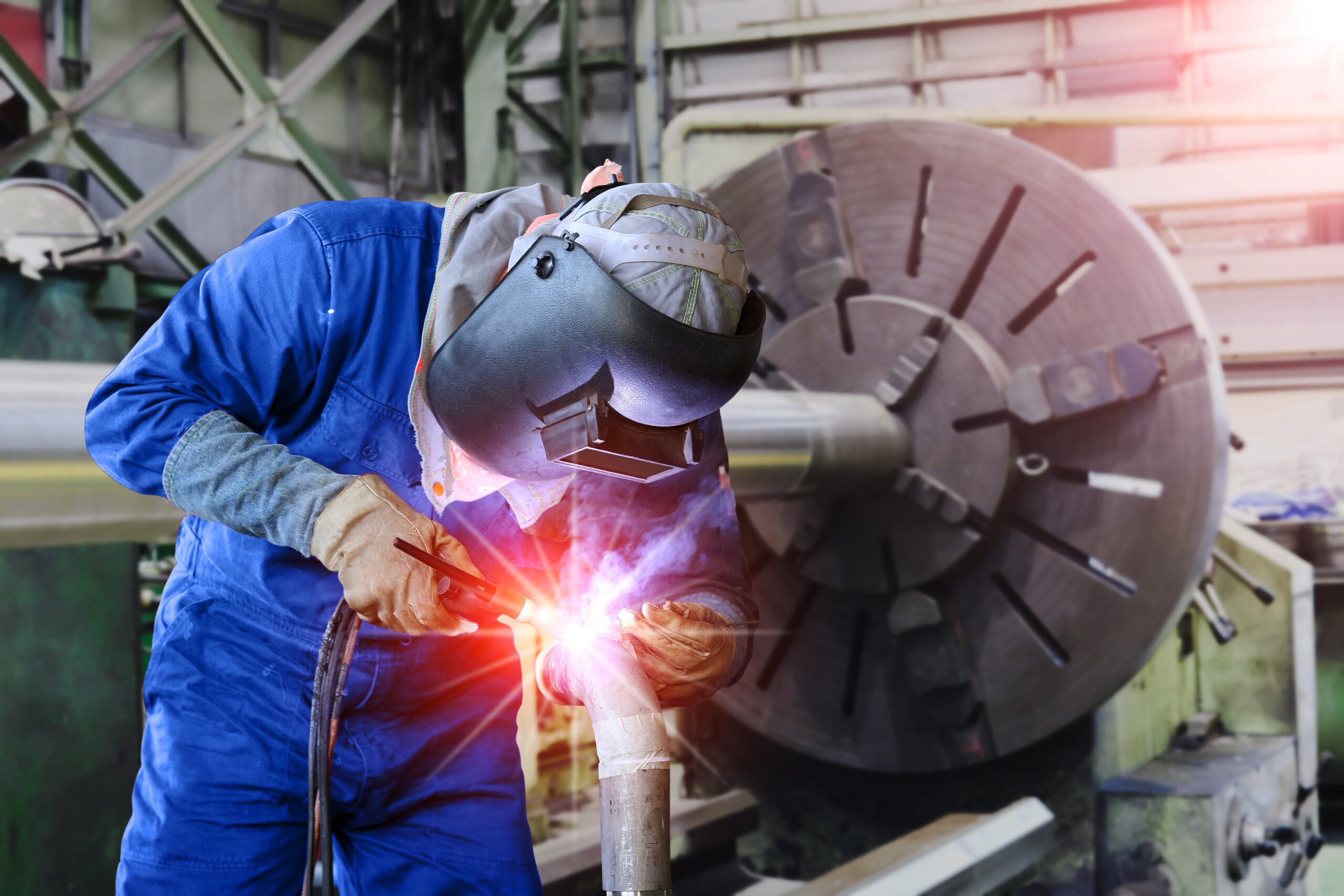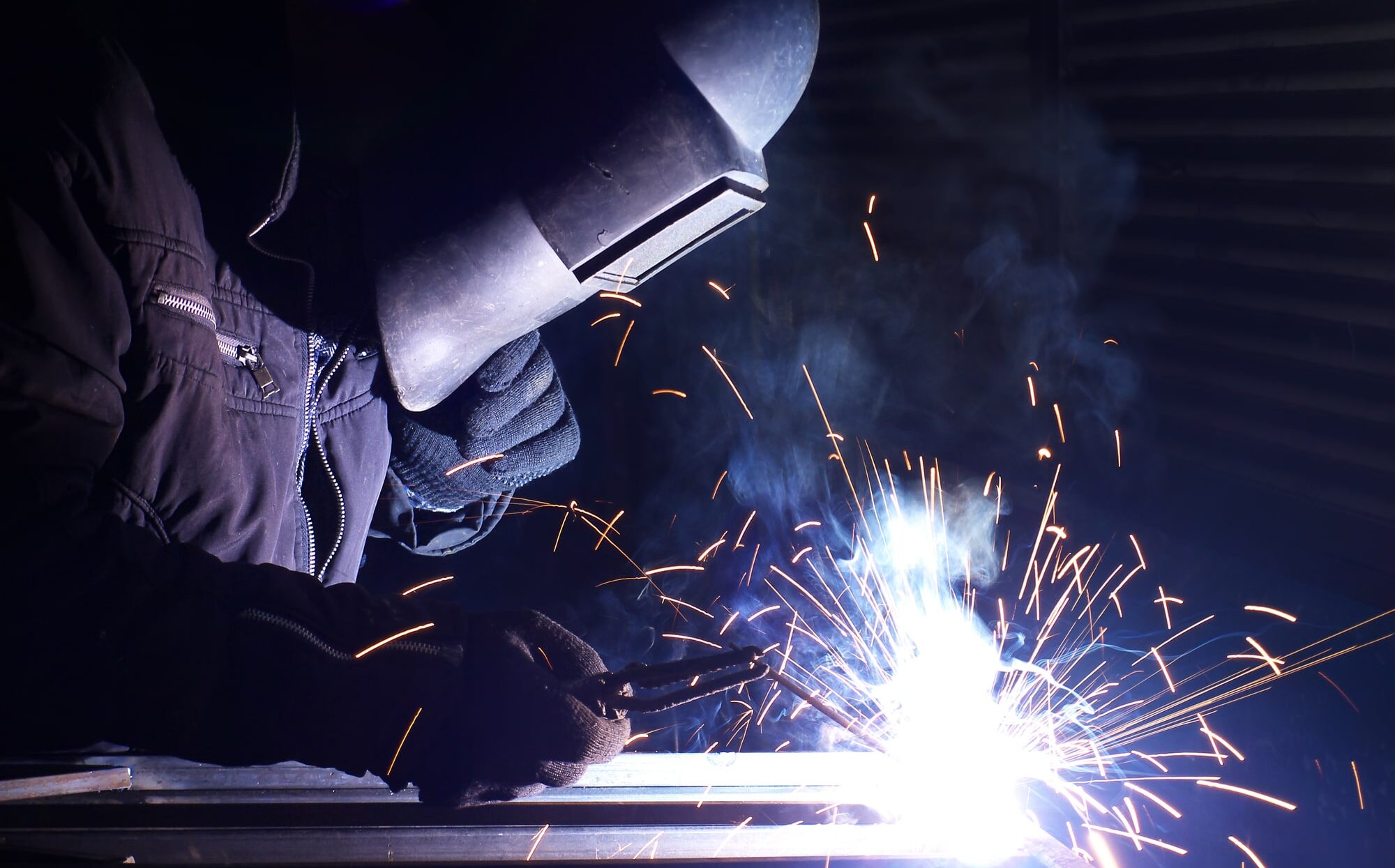The Ultimate Guide to Welding WPS Procedures: A Comprehensive Review for Welders
In the intricate globe of welding, Welding Treatment Requirements (WPS) offer as the foundation of making sure top quality, consistency, and safety in welding procedures (welding WPS). As we delve into the numerous elements of a WPS and check out the ins and outs of certification and accreditation, we will discover the important role these procedures play in the world of welding.
Relevance of WPS Procedures
Understanding the significance of Welding Treatment Specs (WPS) procedures is vital for guaranteeing the quality and honesty of welded frameworks. WPS treatments work as a roadmap for welders, outlining the needed actions, parameters, and materials needed to attain a sound weld. By sticking to WPS standards, welders can ensure consistency in their job, causing structurally sound and reputable welds.
One of the main factors why WPS treatments are important is their duty in maintaining weld quality and stability. Adhering to the defined welding parameters and methods laid out in the WPS helps avoid flaws such as porosity, cracking, or incomplete combination, which can jeopardize the toughness and durability of the weld.

Components of a WPS
A Welding Procedure Specification (WPS) usually comprises vital elements that information the specific needs for carrying out a weld, guaranteeing uniformity and quality in the welding procedure. The essential components of a WPS include important variables such as base steels, filler steels, preheat and interpass temperatures, welding procedures, protecting gases, welding settings, and post-weld warmth therapy requirements.
Base steels refer to the products being joined, while filler metals are utilized to load the void between the base metals throughout welding. The welding process details the details technique to be utilized, whether it's gas metal arc welding (GMAW), protected steel arc welding (SMAW), or an additional technique. Welding placements specify the positionings in which welding can be carried out.

Credentials and Certification
Having established the important parts of a Welding Treatment Requirements (WPS), the focus currently shifts towards the essential elements of certification and certification in welding techniques.

Accreditation, on the other hand, is the official recognition of a welder's certifications by a pertinent accreditation body or company. Welding qualifications are normally based on the certain welding processes, materials, and positions a welder is certified to function with. Holding a legitimate welding accreditation demonstrates that a welder satisfies industry criteria and is experienced to carry out welding tasks to the called for specs.
Producing a WPS
To establish a Welding Procedure Specification (WPS) that fulfills industry standards, cautious factor to consider of welding procedures, materials, and functional parameters is essential. The first action in developing a WPS is to determine the welding procedure to be used, such as gas metal read review arc welding (GMAW) or secured metal arc welding (SMAW)

Applying and Monitoring WPS
Upon settling the thorough Welding Procedure Specification (WPS) that diligently details welding processes, materials, operational specifications, and quality guarantee actions, the focus shifts to properly implementing and keeping track of the established treatments. Implementation entails making certain that all welders associated with the task recognize with the WPS and follow it carefully during the welding process. This calls for providing appropriate training and supervision to assure adherence to the defined treatments. Keeping an eye on the WPS entails constant oversight to validate that welding activities straighten with the documented specs. Examinations, screening, and high quality control measures are necessary components of the monitoring procedure to determine any kind of issues or discrepancies immediately. Routine audits and testimonials of the welding treatments assist in maintaining uniformity and high quality throughout the project. Reliable application and surveillance of the WPS are critical for making sure the honesty, strength, and safety of the bonded joints, eventually adding to the overall success of the welding project.
Final Thought
In conclusion, understanding and complying with Welding Procedure Specifications (WPS) is vital for welders to make certain high quality, uniformity, and safety and security in their job. By understanding the components of a WPS, acquiring appropriate qualifications and certifications, producing detailed procedures, and implementing and checking them effectively, welders can boost their skills and proficiency in welding techniques. Sticking to WPS treatments is important for generating top notch welds and meeting market criteria.
In have a peek at this website the elaborate world of welding, Welding Treatment Specifications (WPS) serve as the backbone of guaranteeing top quality, consistency, and safety in welding procedures. The welding process outlines the certain method to be utilized, whether it's gas metal arc welding (GMAW), protected metal arc welding (SMAW), or another method.To establish a Welding Procedure Requirements (WPS) that meets industry requirements, careful consideration of welding processes, materials, and operational parameters is necessary. The very first action in developing a WPS is to determine the welding process to be made use of, such as gas metal arc welding (GMAW) or shielded metal arc welding (SMAW)Upon completing click now the extensive Welding Treatment Requirements (WPS) that diligently details welding procedures, products, operational specifications, and top quality assurance procedures, the emphasis changes to successfully implementing and monitoring the recognized procedures.